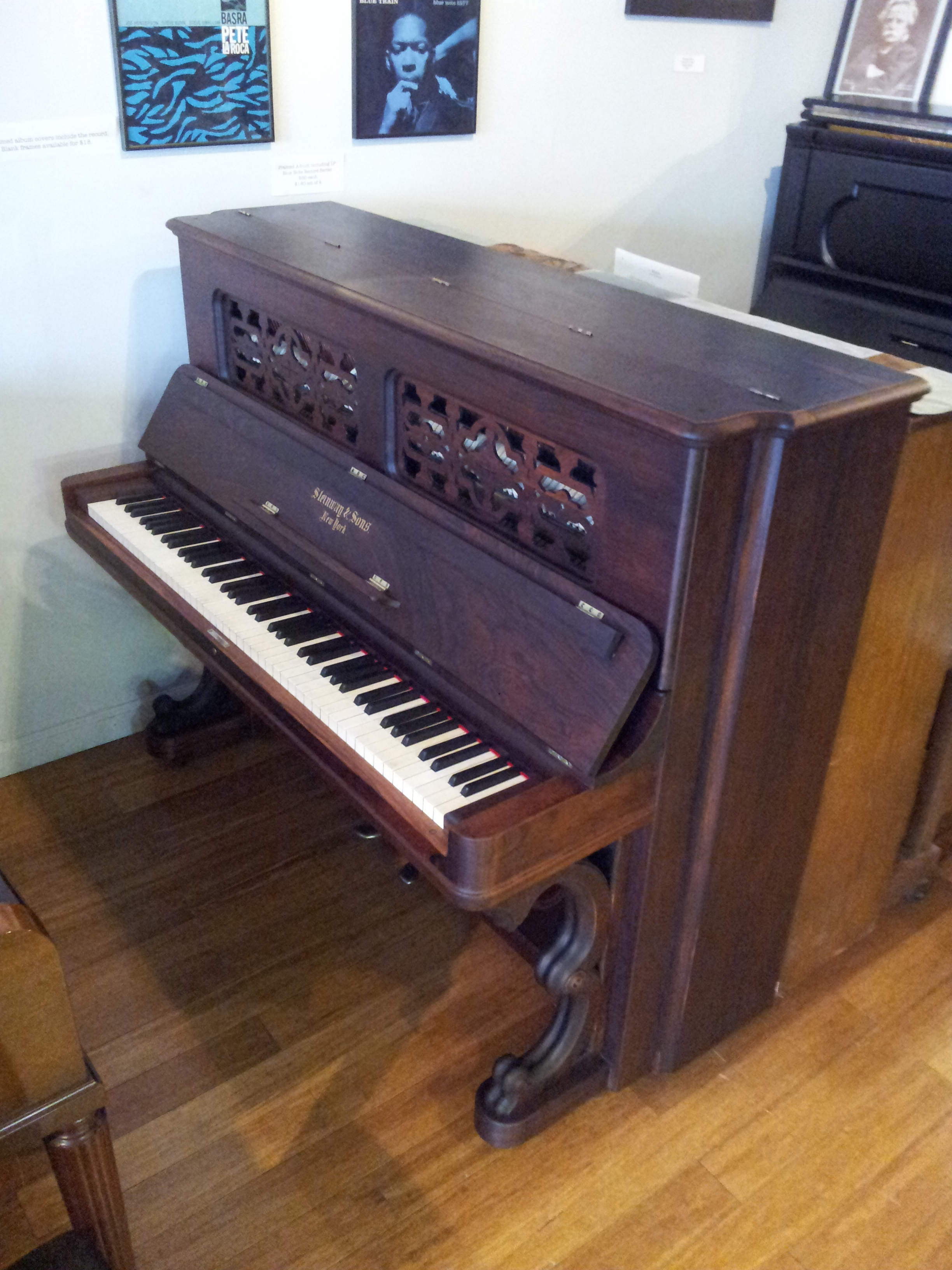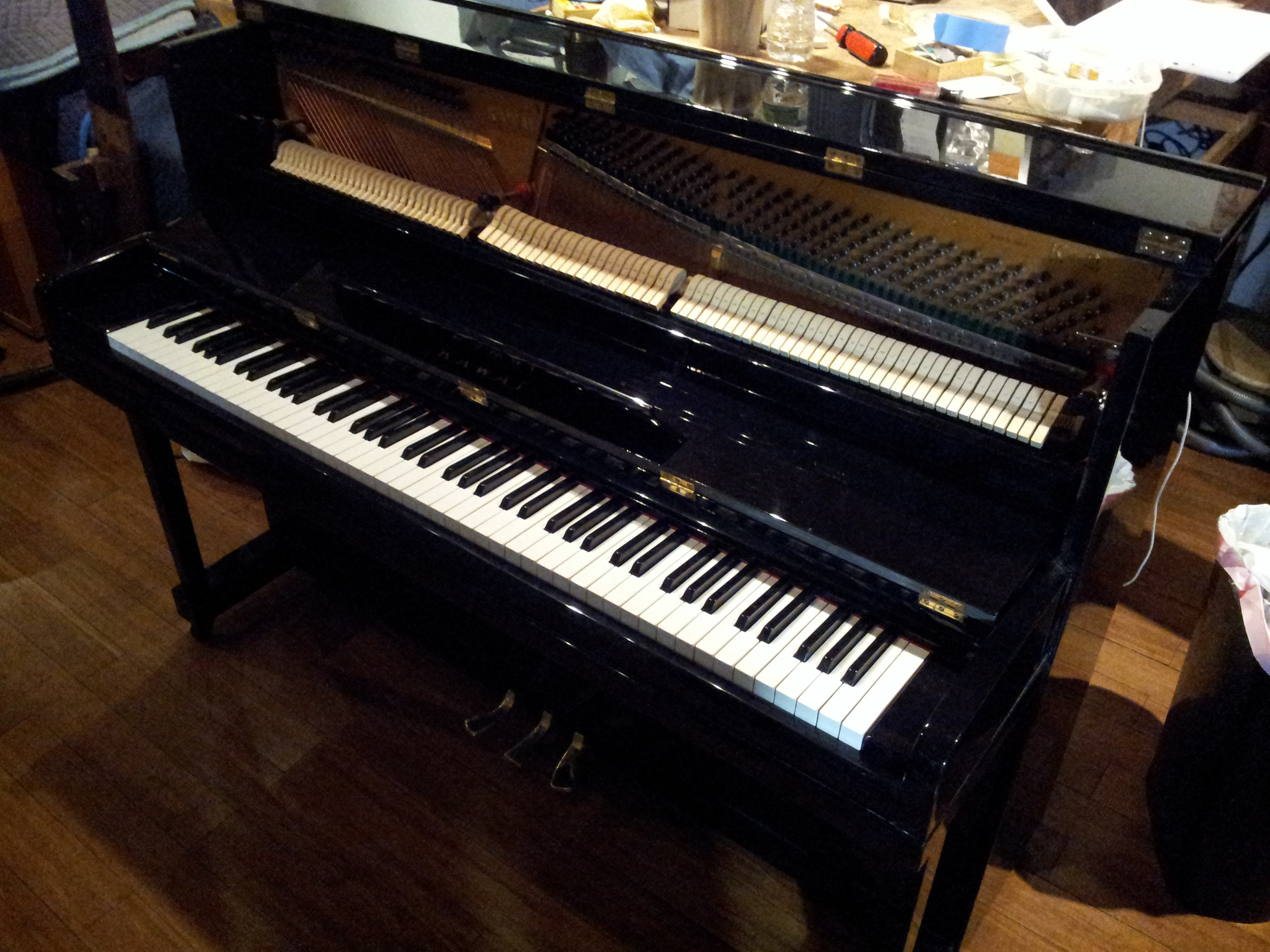
The name prominently emblazoned on its marquis, I would soon find out, paid tribute to none other than Blind Boone (1864-1927), the sightless African American pianist/composer from Missouri who was a musical forebear of those Territory bands that developed their sound on these very streets, and who is the subject of this CD. Billed upon its opening in 1922 as “Kansas City’s finest outdoor theater for colored people,” the venue was enclosed and rechristened the Boone Theater in the 1930s. On an adjacent corner, where Highland crosses 18th Street, is another important building–the former Highland Garden Theater–that time and the conflicting interests of progress somehow forgot. Most prominent among them is the Art Deco Gem Theater that still anchors the District on 18th Street directly across from the recently-opened American Jazz Museum. Thankfully, some historic structures have managed to avoid the wrecking ball.

Lester piano company 1889 movie#
Most of the facades of the few old buildings that do exist are not even original they are trompe l’oeil depictions left behind by the film crew of Kansas City, director Robert Altman’s 1996 movie celebrating the District’s illustrious musical past. Gone is the Reno, where Basie led the house band razed are the Subway and the Sunset, both managed by Piney Brown, forever memorialized in Big Joe Turner’s “Piney Brown Blues ” and erased from the map is the El Capitan, where Charlie Parker held forth as late as the 1940s - all victims of the crackdown and subsequent urban development that followed Pendergast’s 1938 imprisonment for tax evasion.

The streets now are sadly quiet and desolate, and not a single nightclub from the Pendergast era can be found.
Lester piano company 1889 free#
Awash in mafia money, free of nighttime curfews, and immune to moratoria on alcohol consumption, gambling, and prostitution, the District’s fifty nightclubs vibrated with the pulsating music of Count Basie, Pete Johnson, Andy Kirk, Jay McShann, Benny Moten, Walter Page, Charlie Parker, Jimmy Rushing, Buster Smith, Big Joe Turner, Ben Webster, Mary Lou Williams, and Lester Young, among many others, all within a four square block area.Walking the 18th and Vine District today, however, it is hard to imagine the vitality of those vice-ridden decades. And nowhere was this more true than in the 18th and Vine District. During that infamous Pendergast era, named for the town’s progressive, but mob-controlled mayor, Tom Pendergast, Kansas City was wide-open, shielded by Pendergast and his cronies from Prohibition restrictions enforced virtually everywhere else in the United States. On a recent road trip to this Midwestern metropolis, I followed a pulled pork sandwich at Arthur Bryant’s with a walk around the nearby 18th and Vine District, the African American section of town where Kansas City’s blues-based, riff-propelled, Territory bands emerged in the 1920s and 30s.

In addition to John’s commanding performances of Boone’s evocative, virtuosic piano works, Marshfield Tornado has been “enhanced” to include Music Miner, a film by Joan Grossman about John’s ongoing “archeological” adventures unearthing America’s buried musical past.īarbecue and, of course, jazz come to mind when contemplating Kansas City.

With Marshfield Tornado, the focus shifts to the music of John William “Blind” Boone (1864-1927), a sightless black pianist from Missouri who modeled his career after Blind Tom’s, and who was the last of a continuum of overlapping nineteenth-century pianist/composers who were crucial links between rural African-American folk culture of the Deep South and the more urban rhythm and blues, jazz, and pop styles to emerge in the twentieth century. Here, Roots Music Lovers, is the dynamic follow-up to John Davis Plays Blind Tom.


 0 kommentar(er)
0 kommentar(er)
